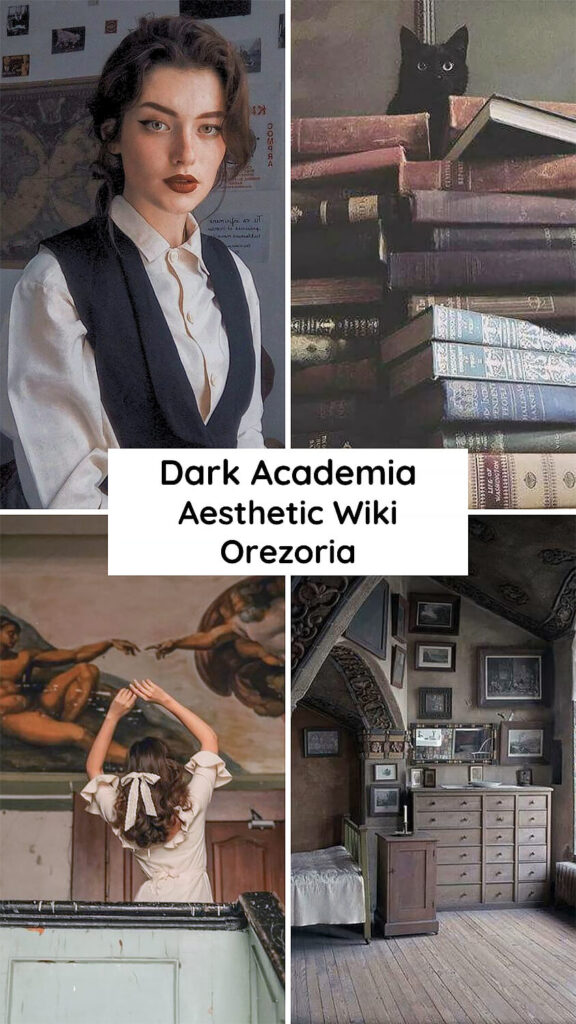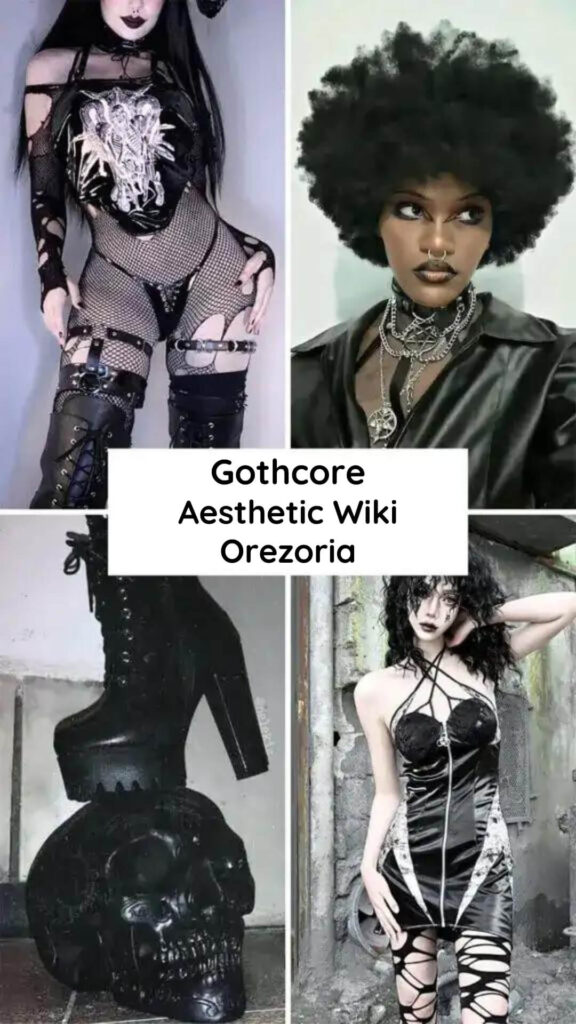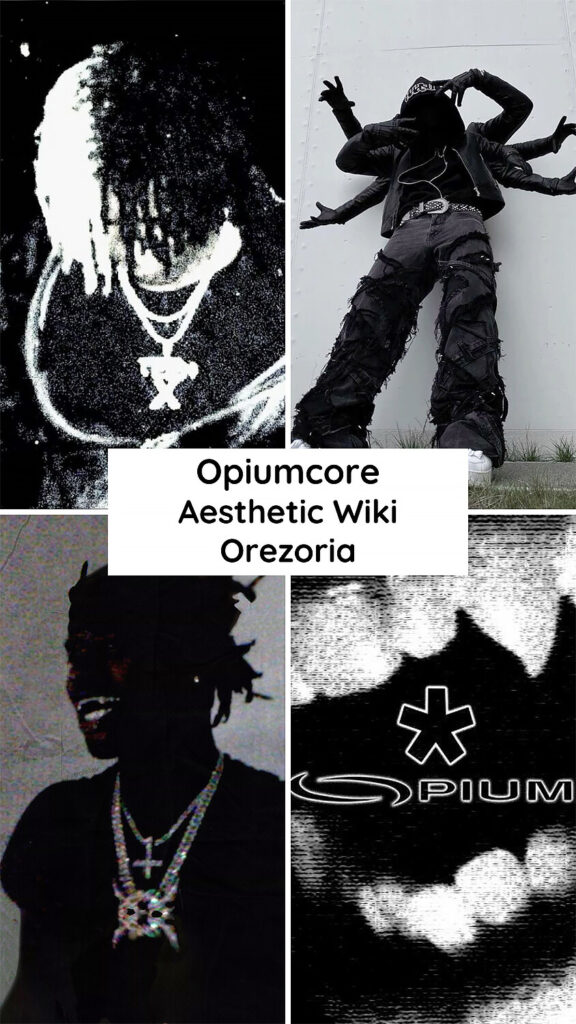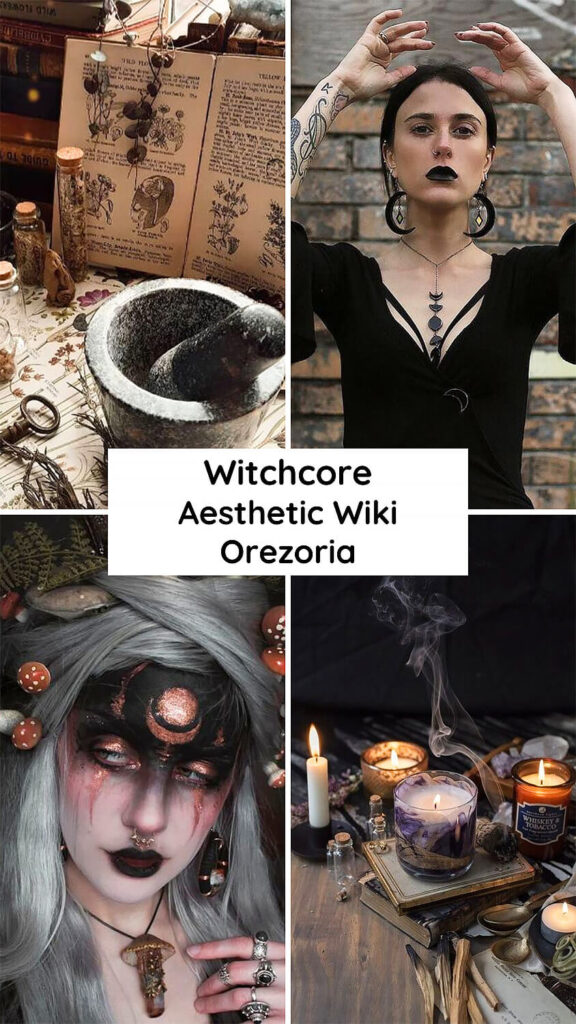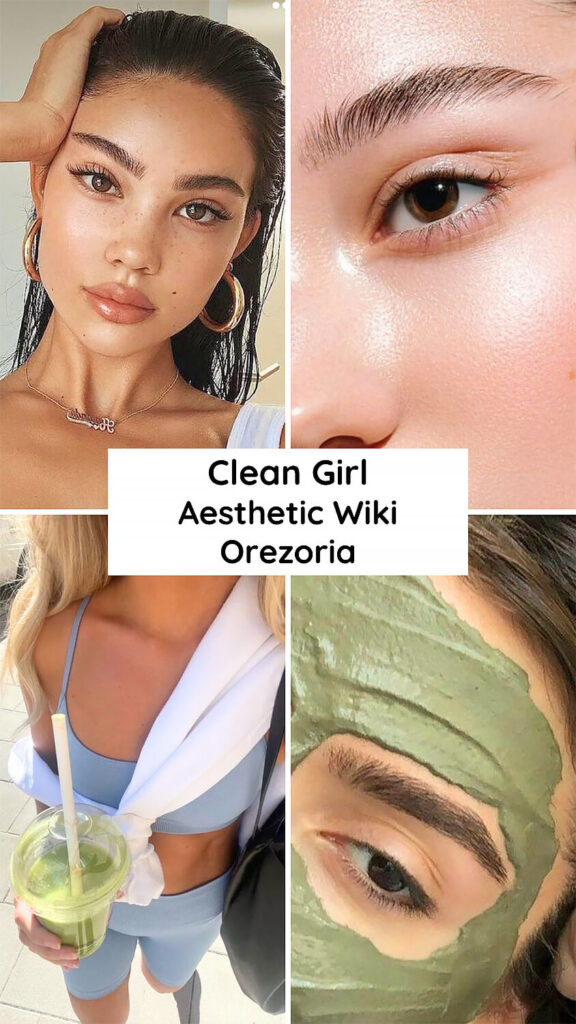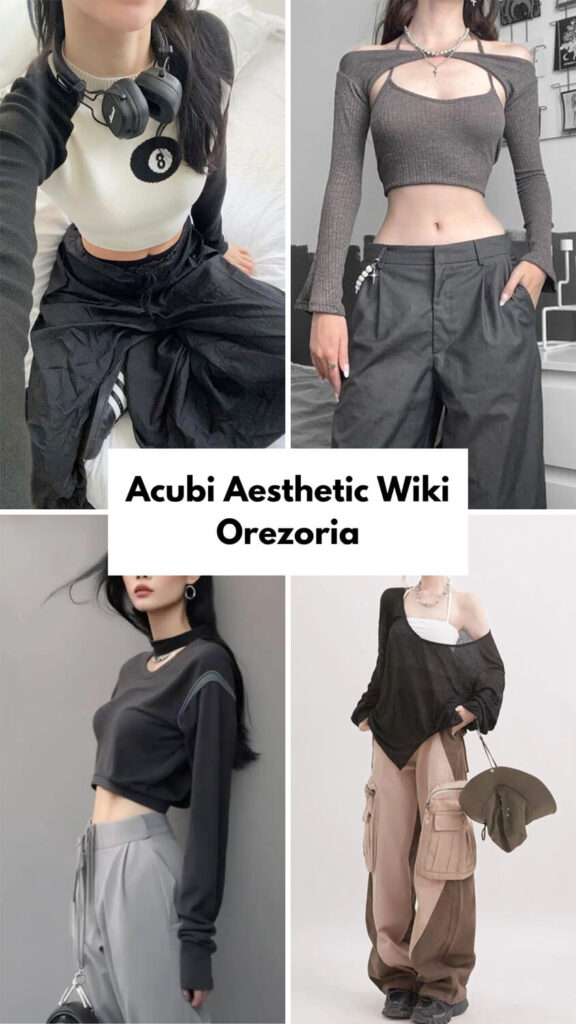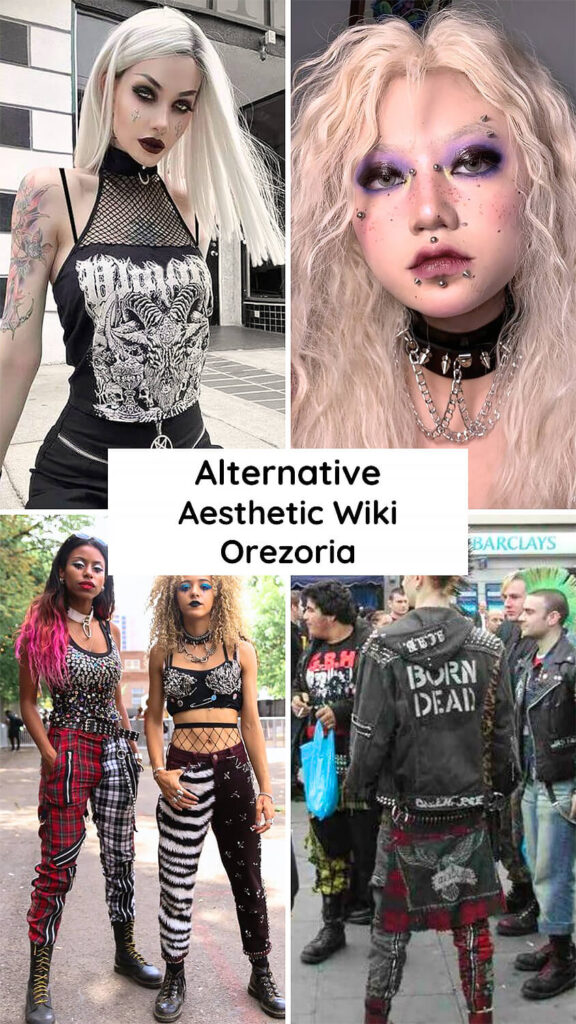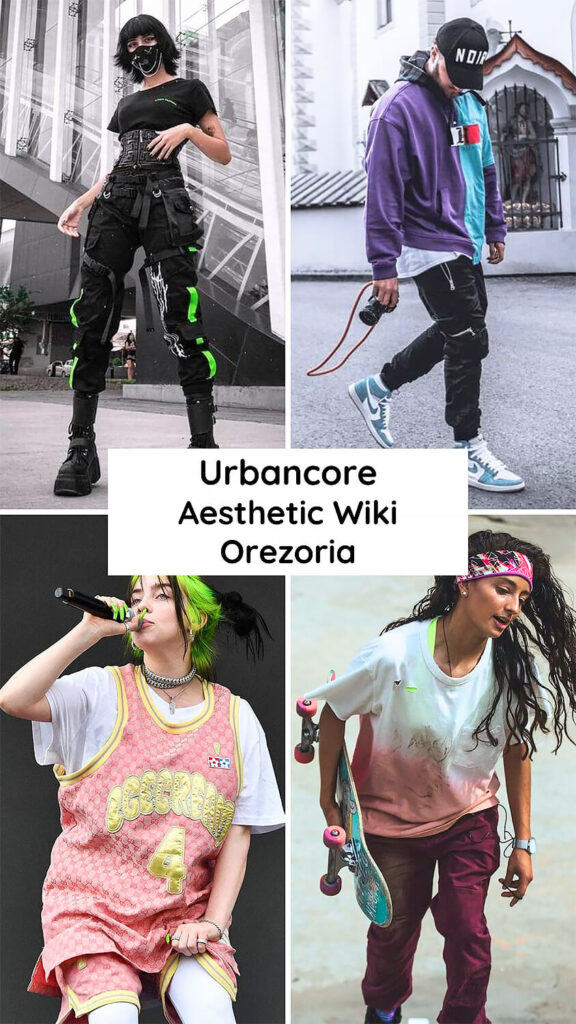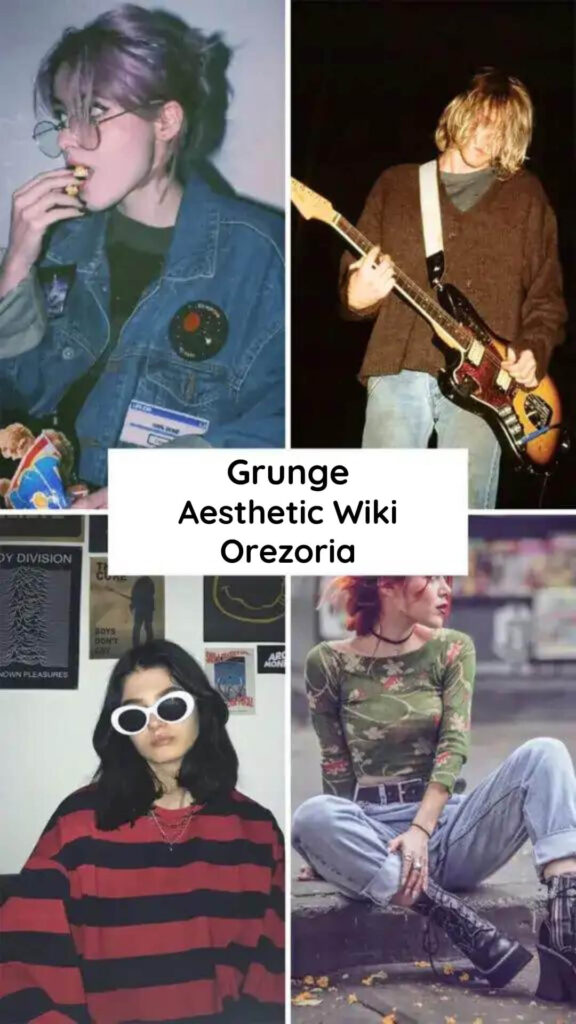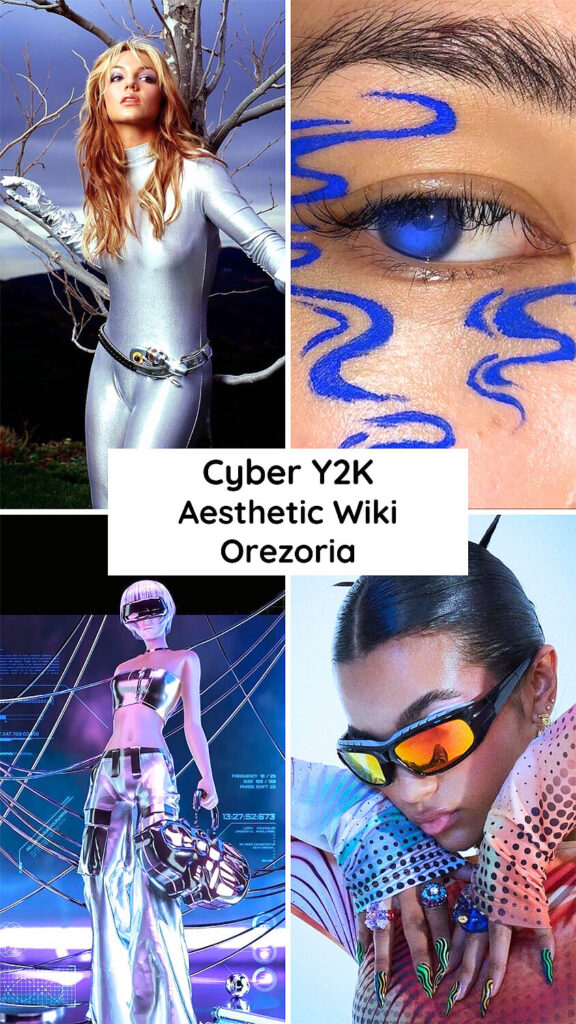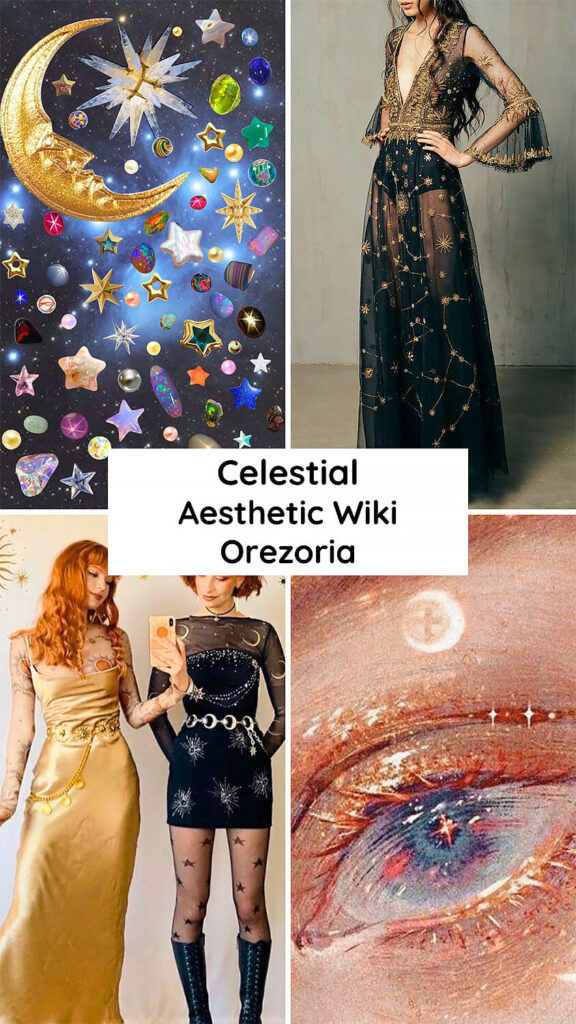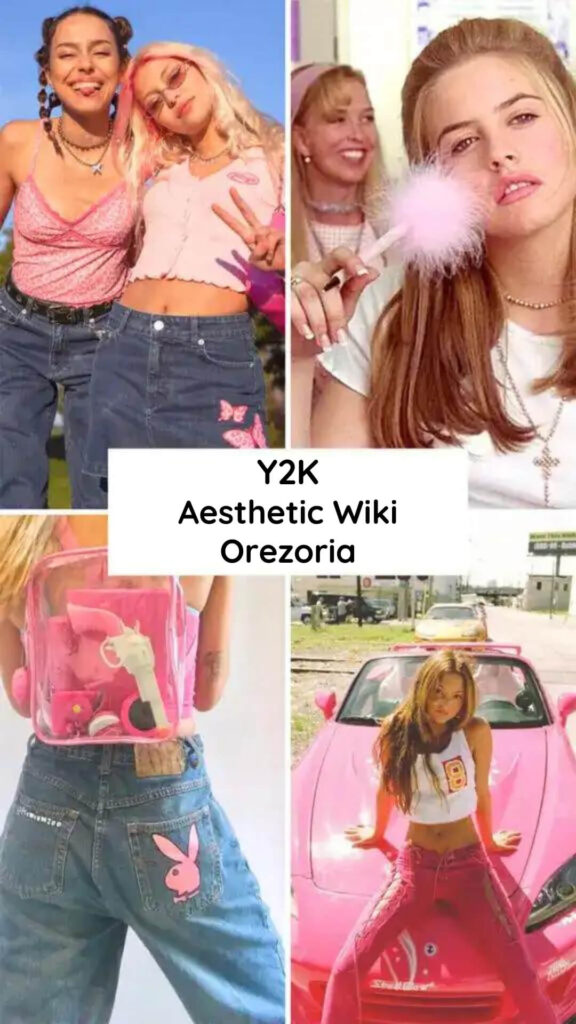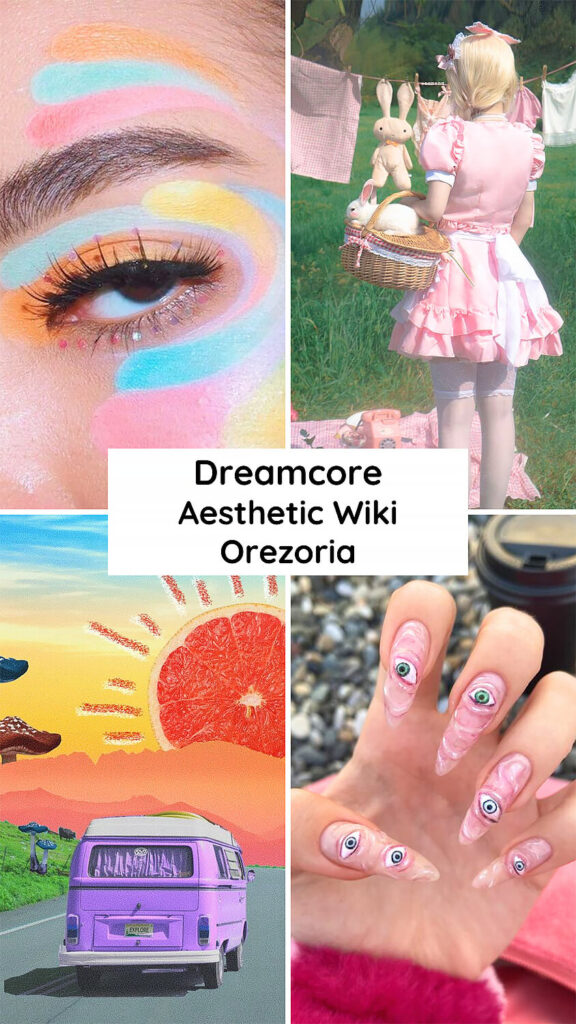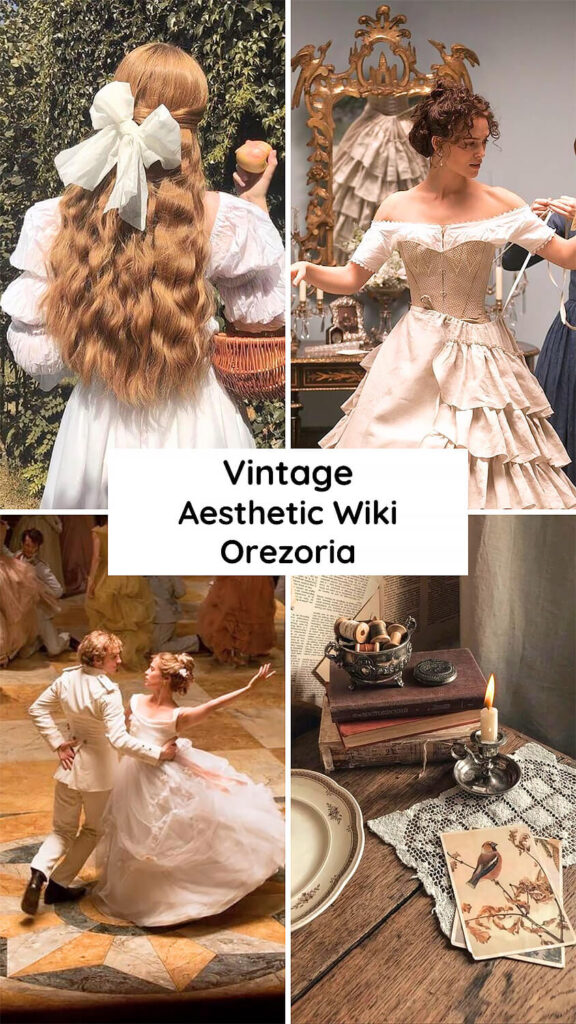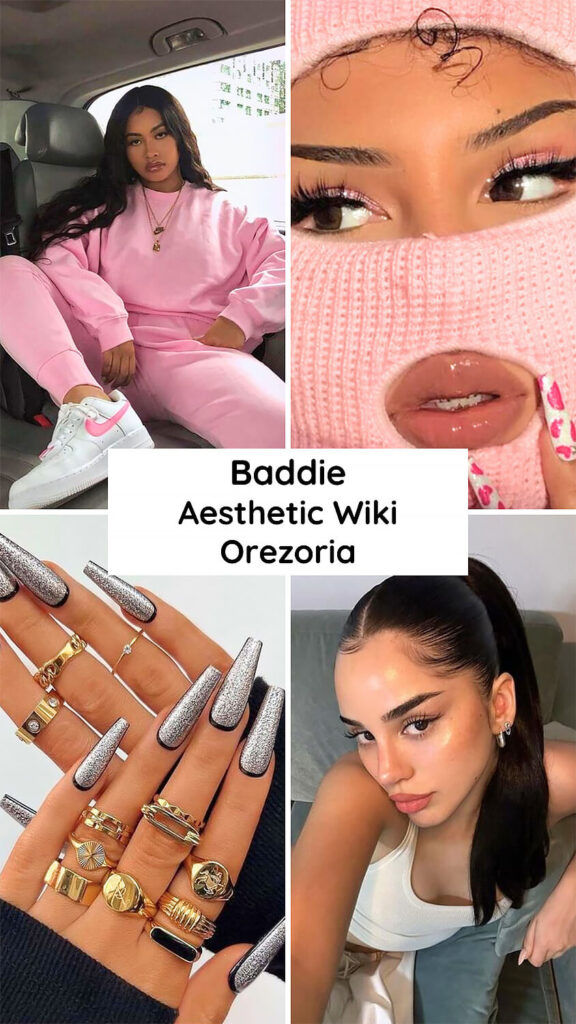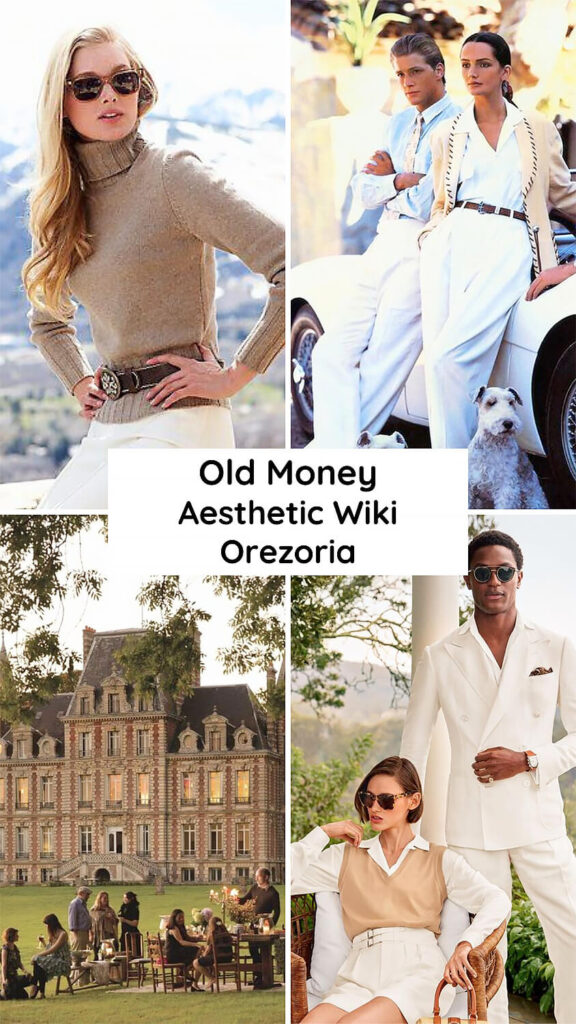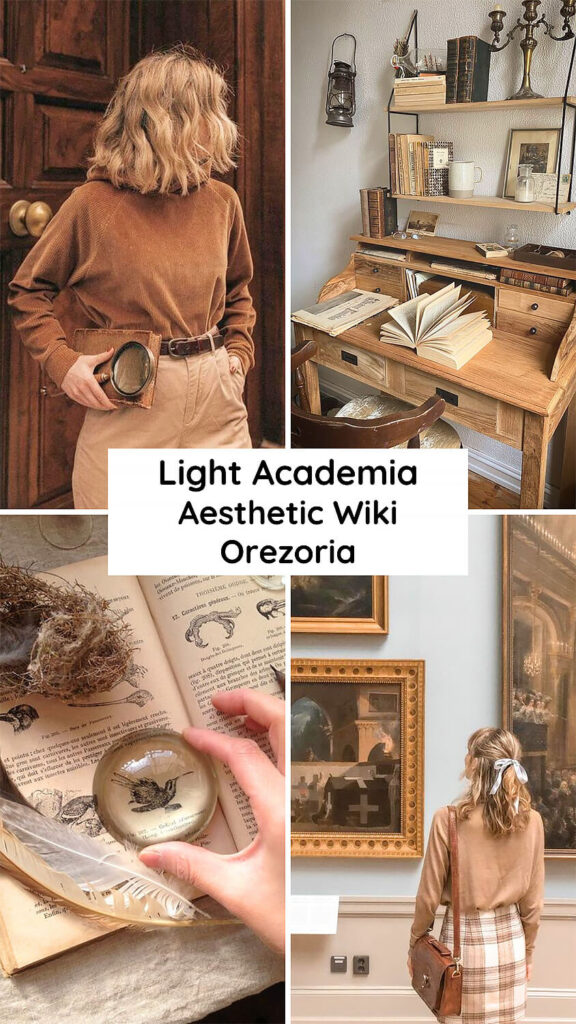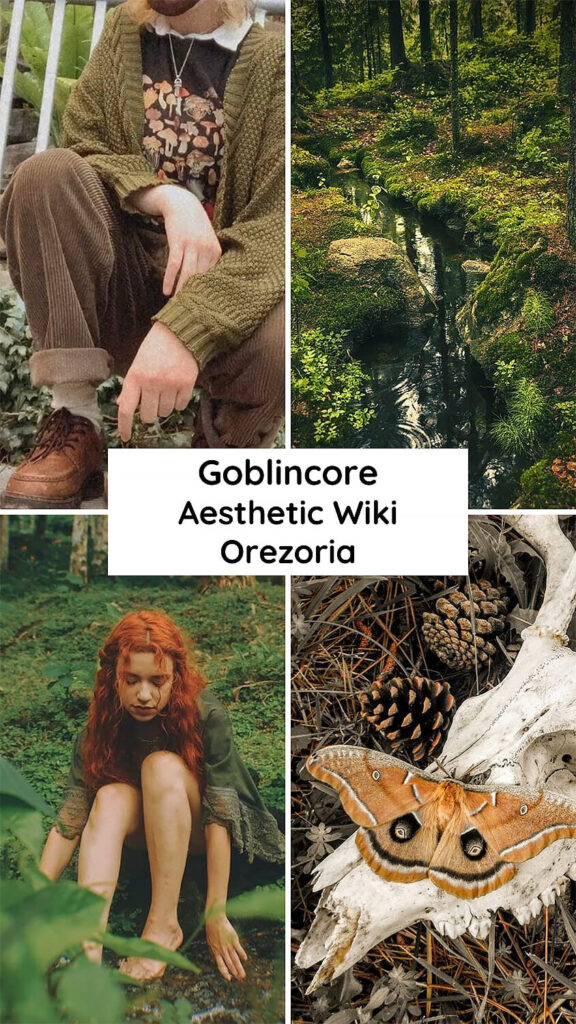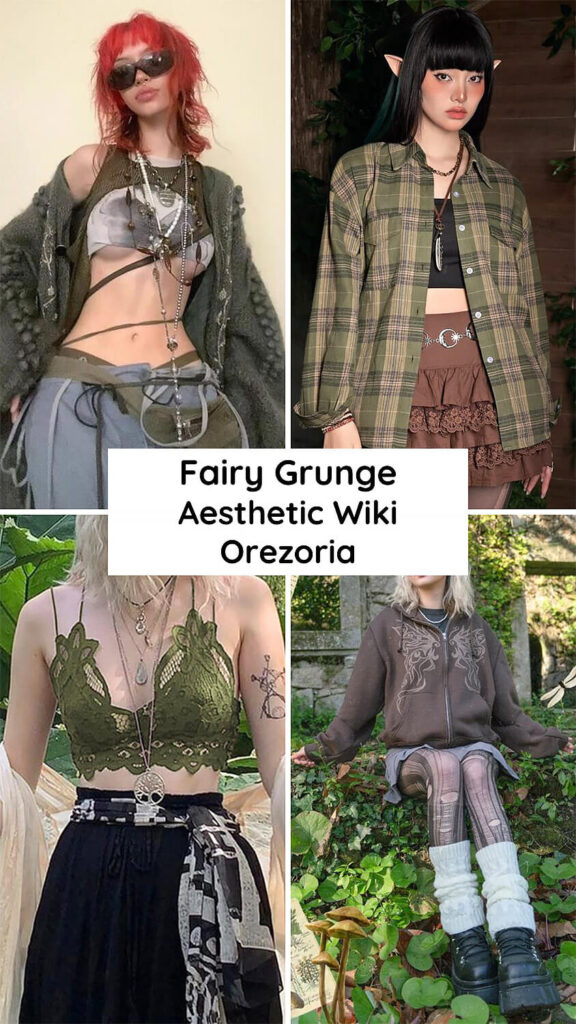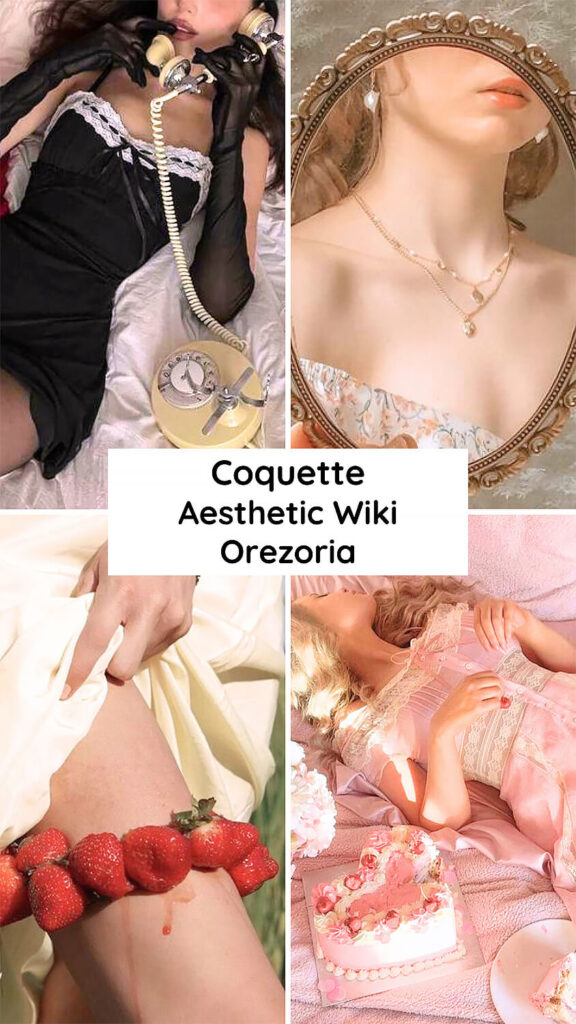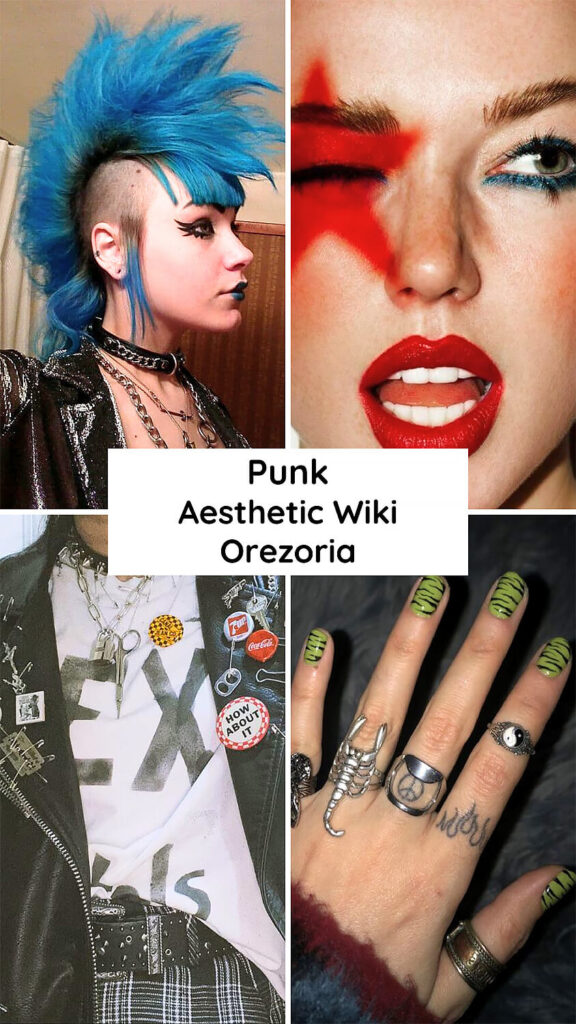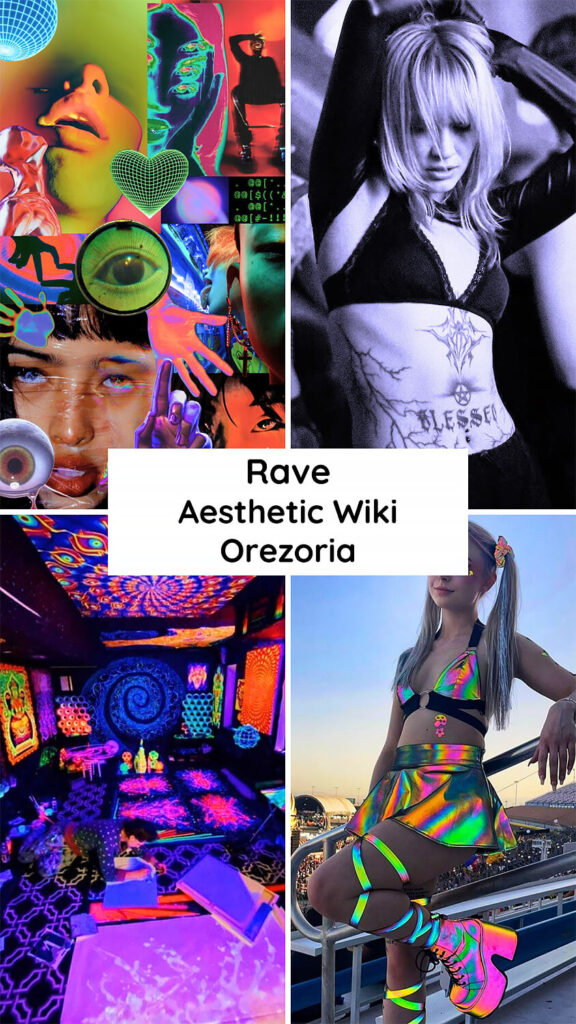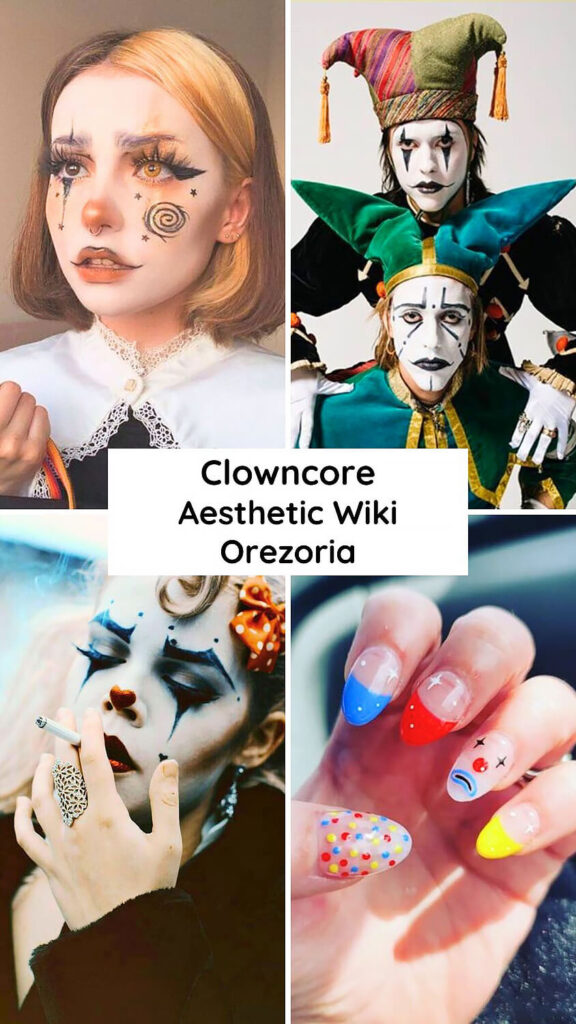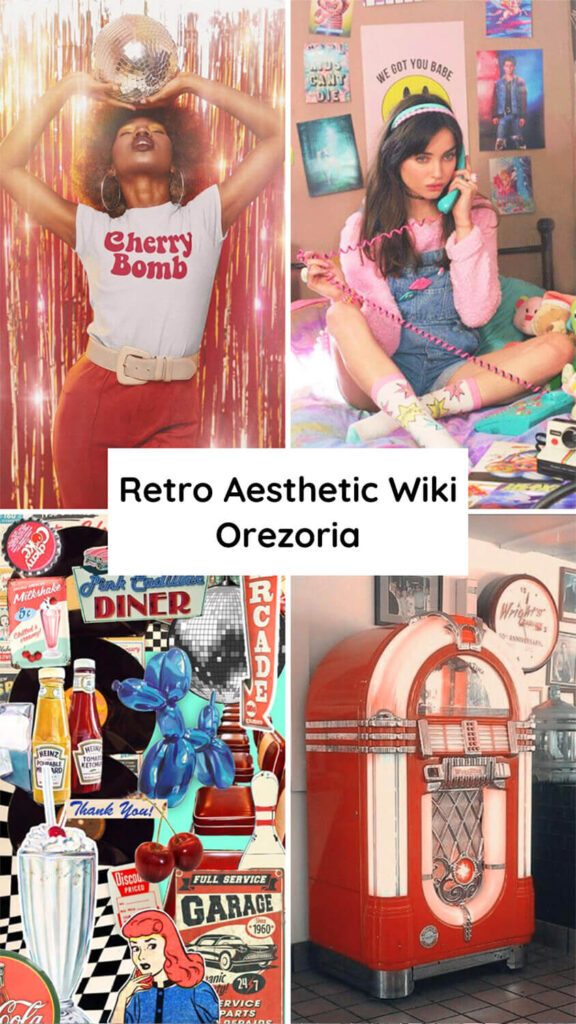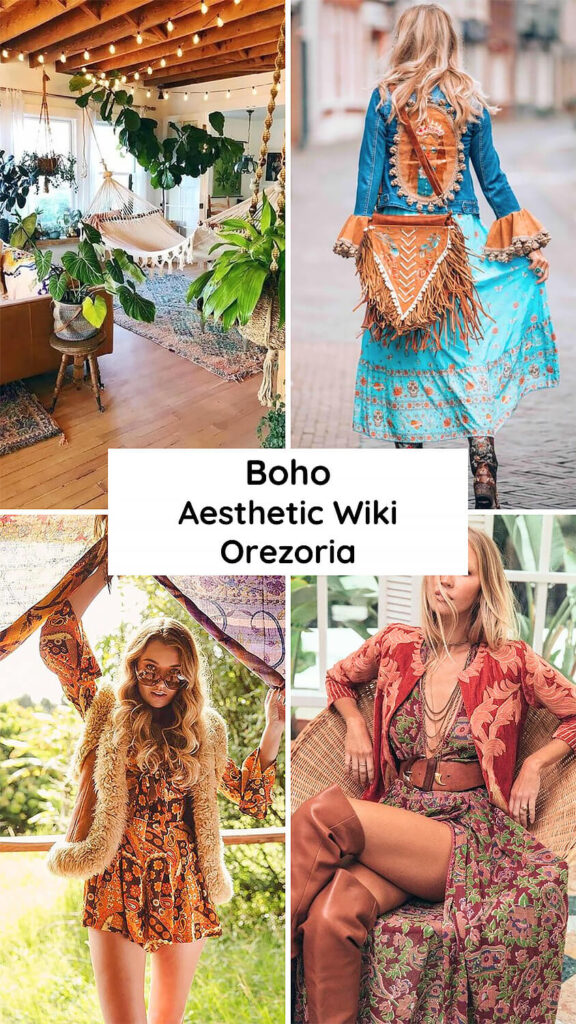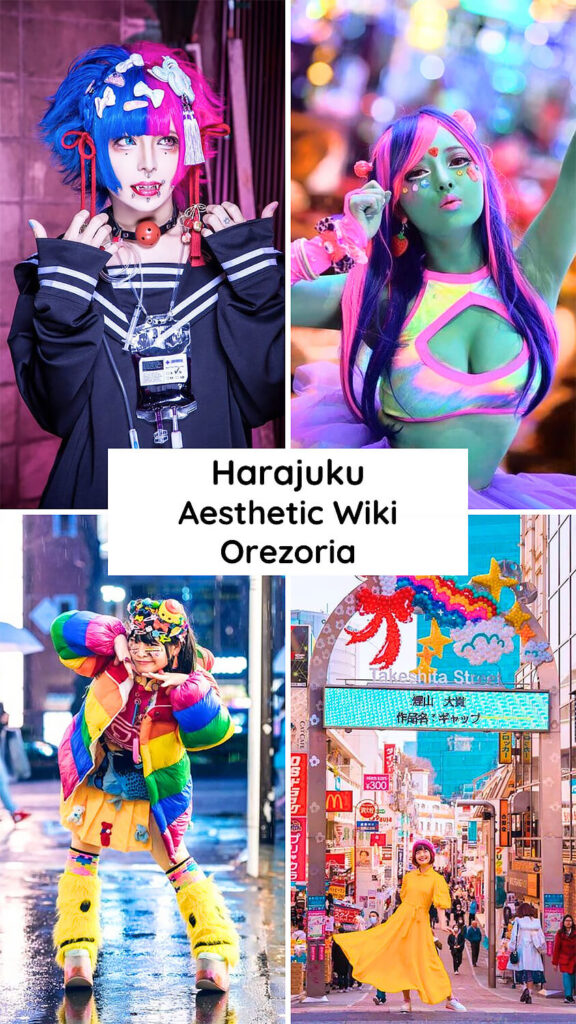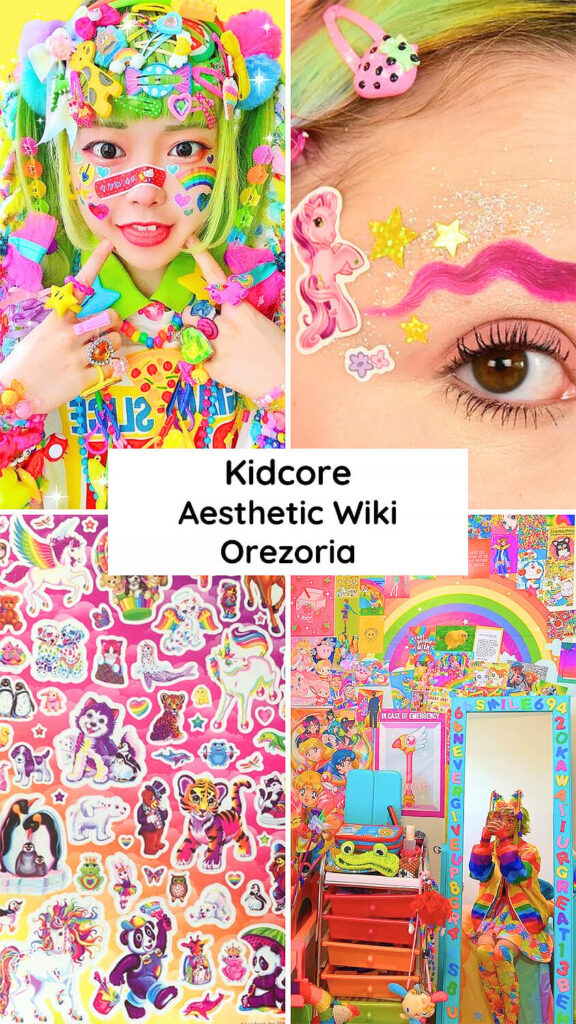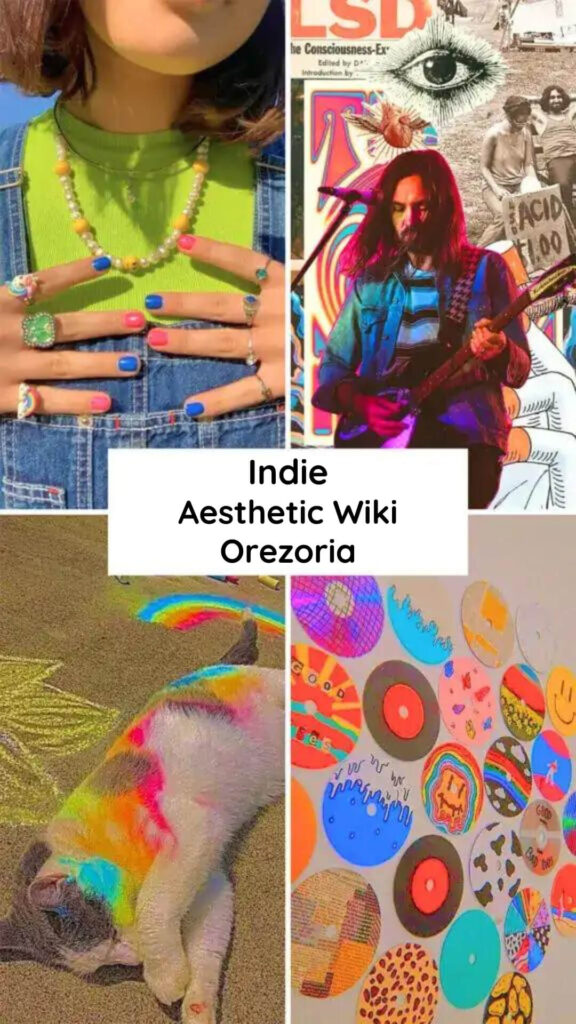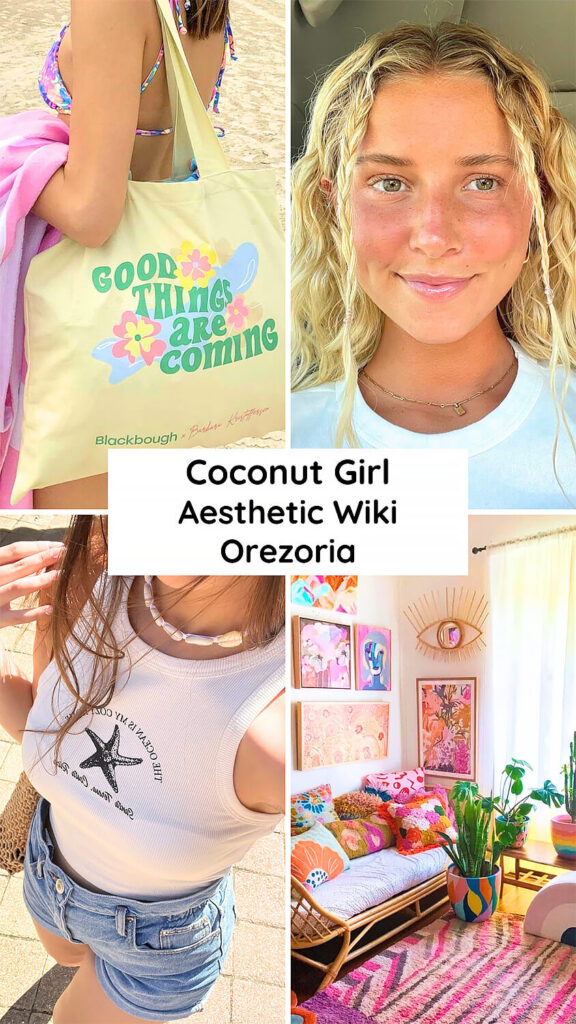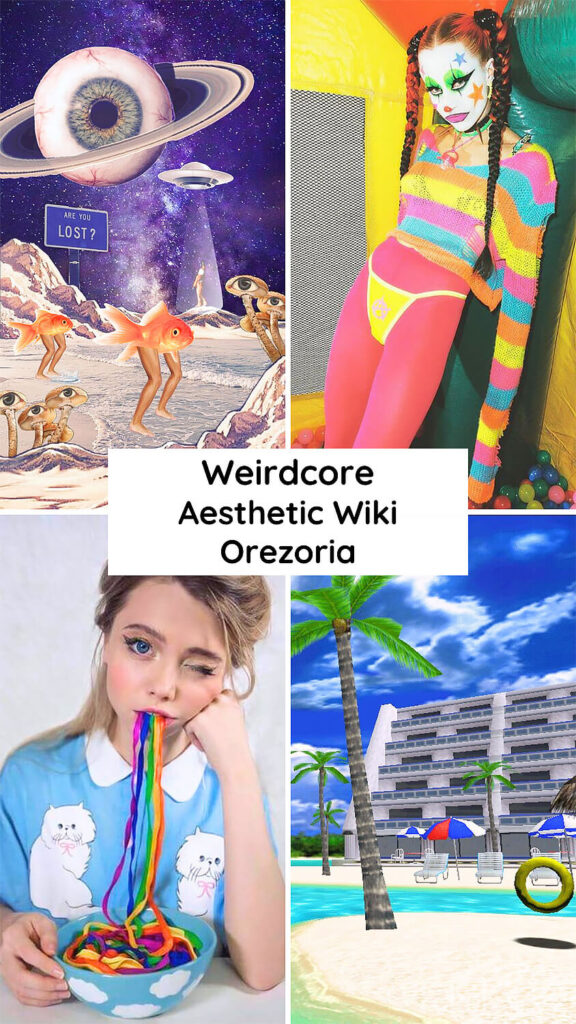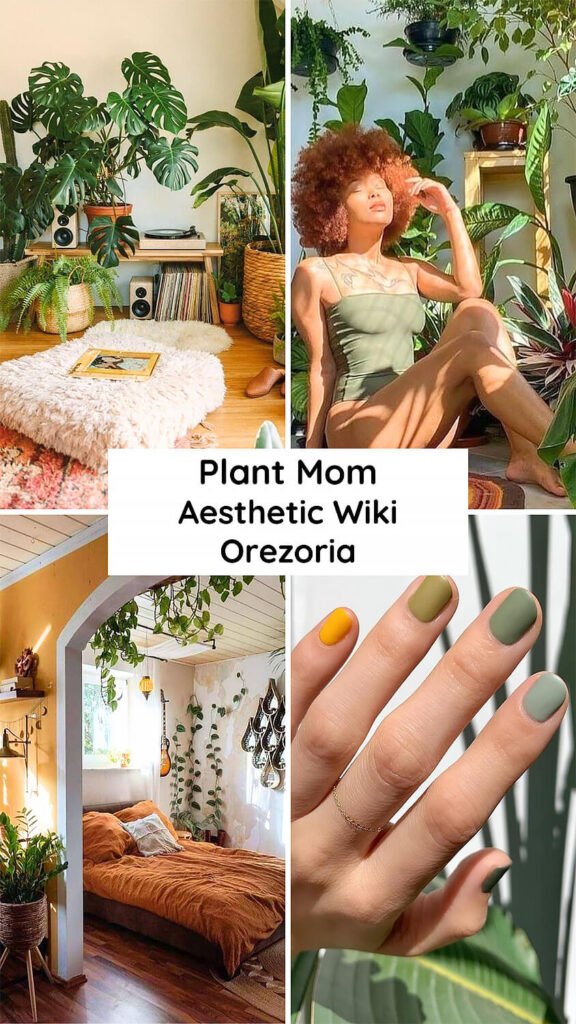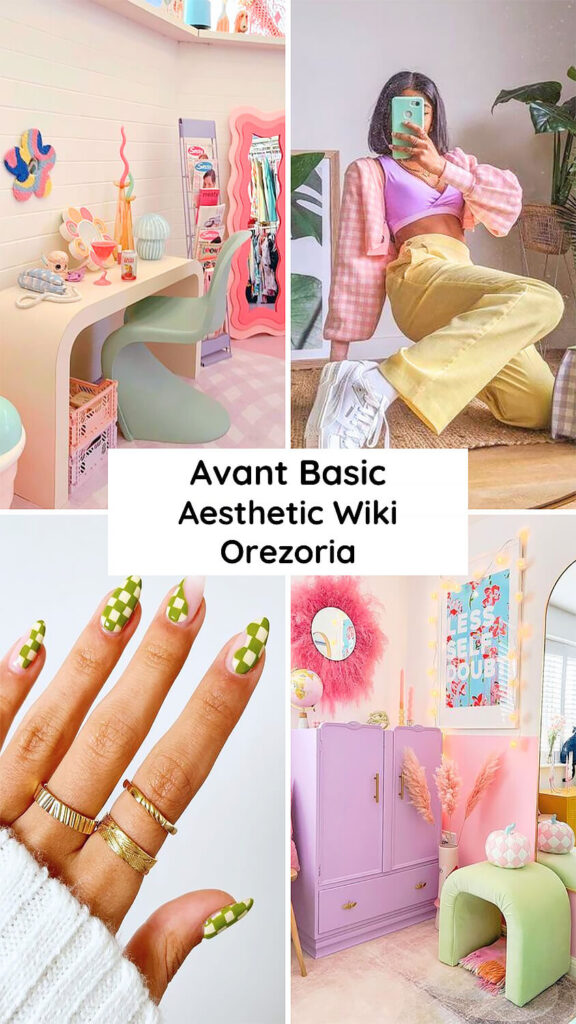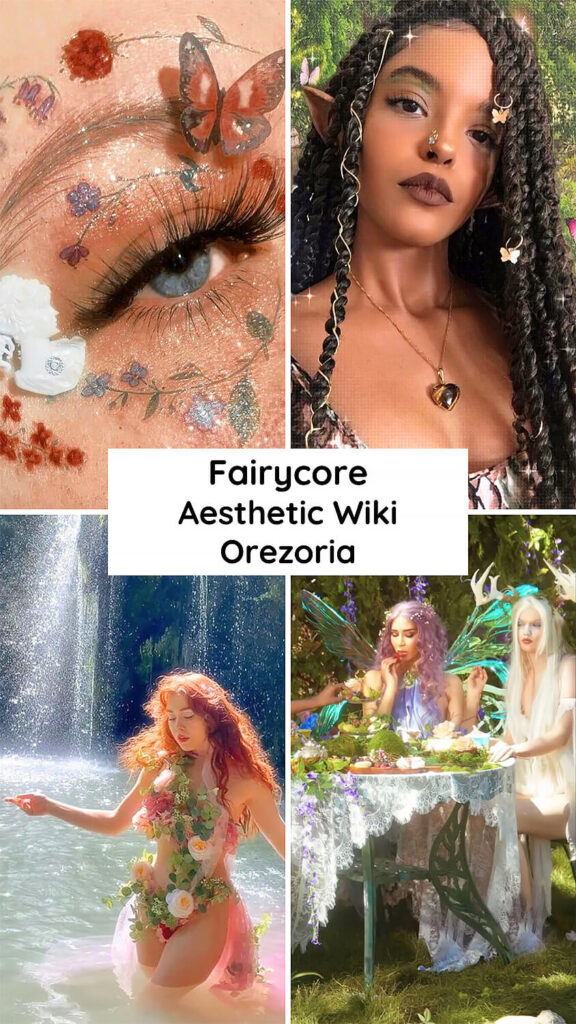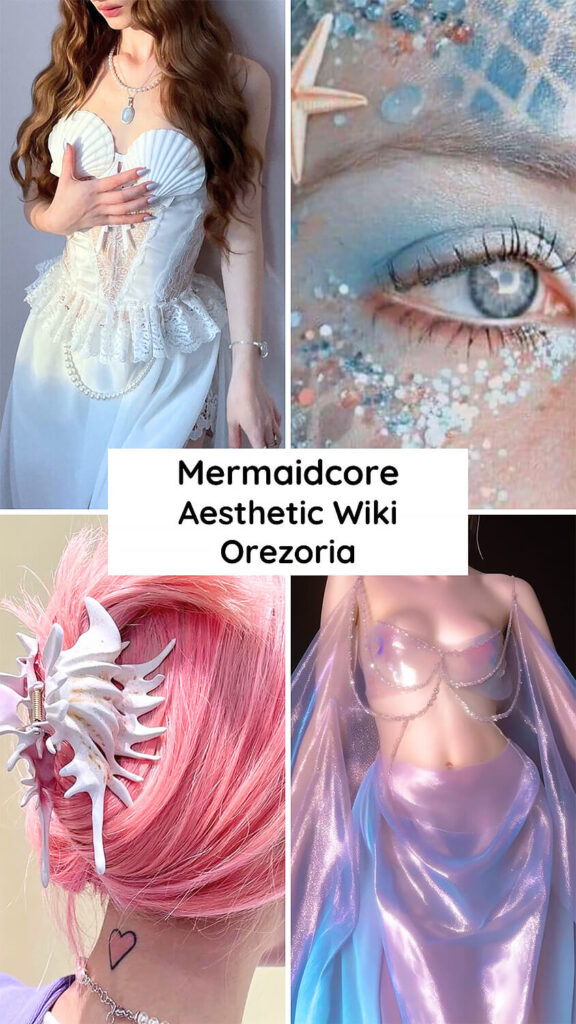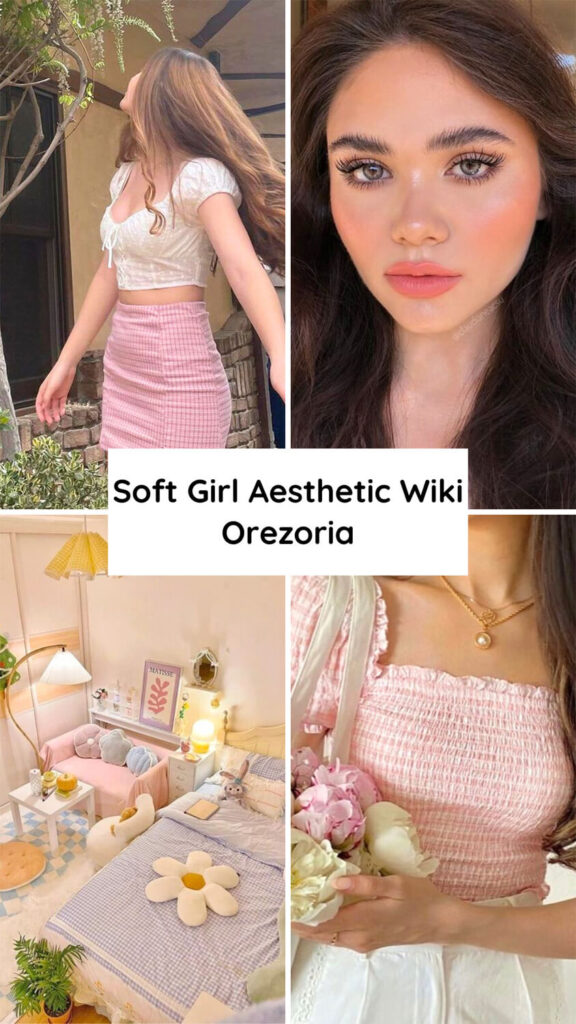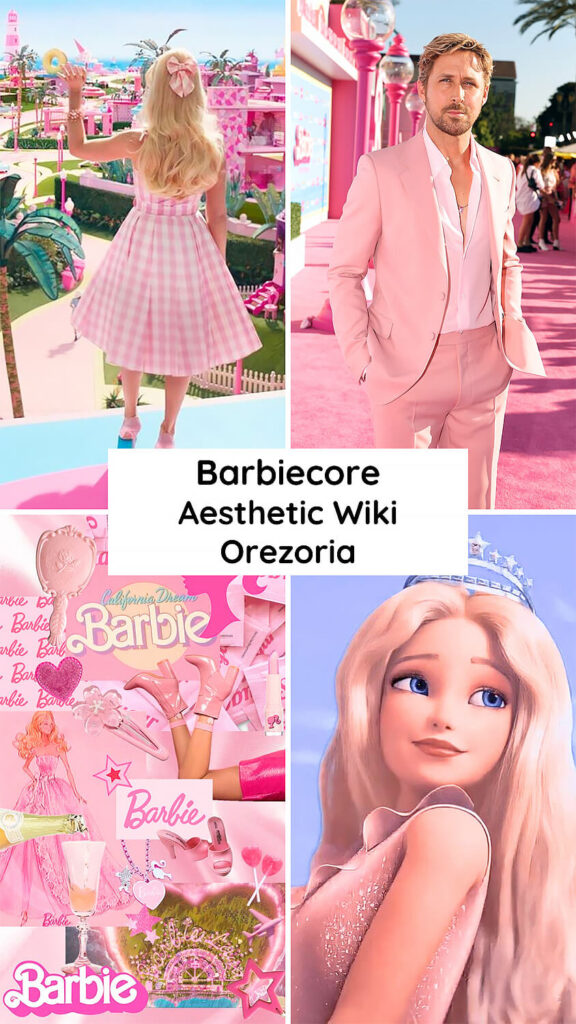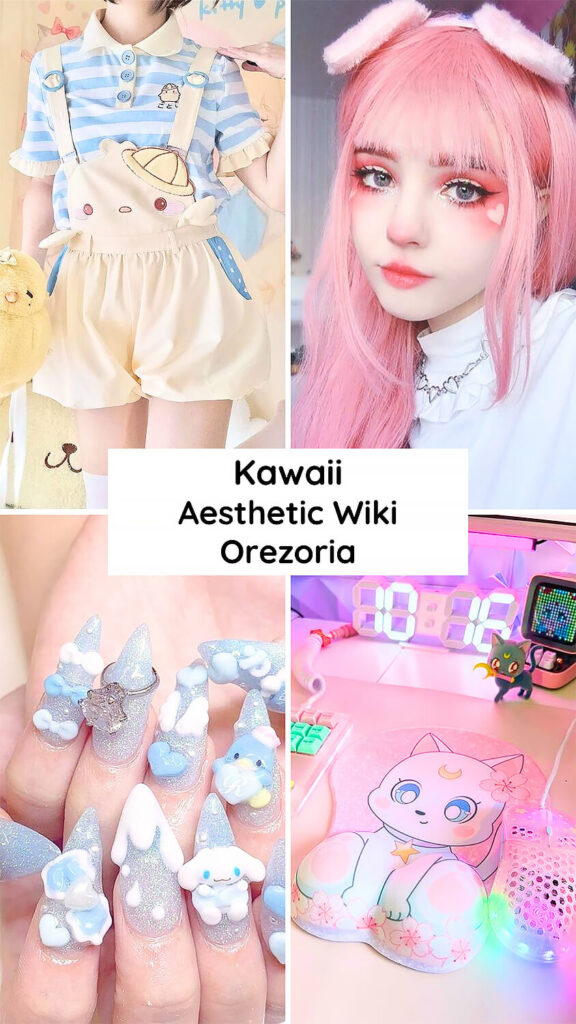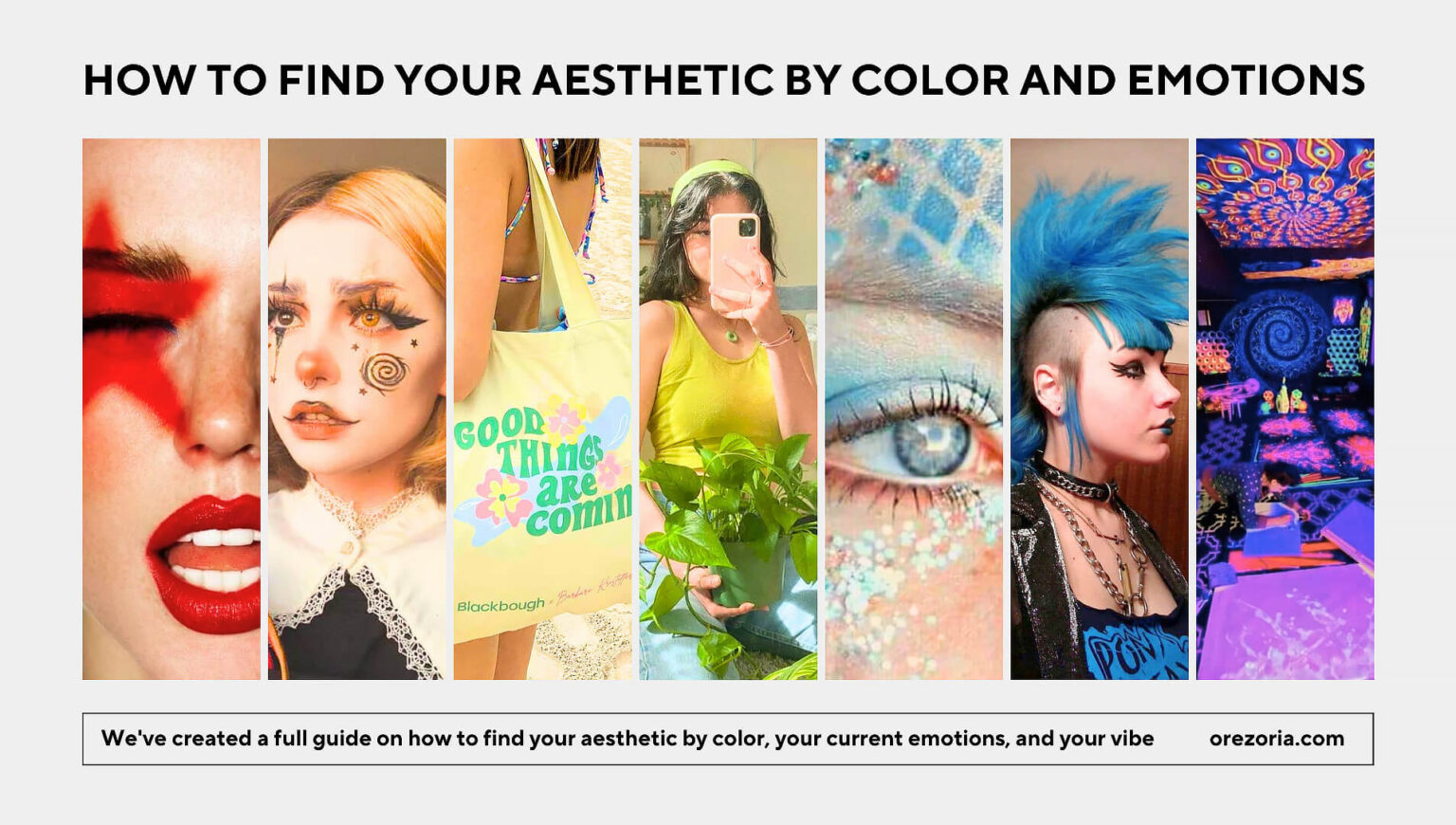
Finding your aesthetic can be an overwhelming task. Human personality is a unique and very dynamic “thing”. We always seek new and fun activities. We also seek new emotions and a passion for all we do. Sometimes, finding a new style can greatly improve your life. It can also inspire new beginnings. There are more than a thousand different types of aesthetics nowadays. Every month there’s a new popular aesthetic trend appears on Pinterest, Instagram, and TikTok.
Also, check out our 20 New Types of Aesthetics in 2024 article about the most recent and discussed aesthetic trends.
We made this guide on how to find your aesthetic style by its main color and vibes to help you get inspired for your new look. But first, let’s briefly cover the basics of aesthetics.
What Does Having an Aesthetic Mean?
Personal aesthetic is a person’s unique style, taste, and preferences. They apply across many parts of life. It refers to the expression of one’s identity and values through visual and sensory elements. These include fashion, sense of style, design, art, music, and even social media.
This concept shows the importance of self-expression. It is the ability to curate an image that resonates with one’s inner self. Ultimately, personal aesthetic reflects a person’s unique view on beauty and culture. It shows who they are and what they stand for.
Factors Influencing Personal Aesthetic
Many factors influence a person’s aesthetic. These factors vary greatly from person to person. One key factor is personal style. It includes clothing, accessories, and fashion that a person chooses to express themselves. A bohemian style person may like flowing fabrics and earthy colors. A minimalist may prefer clean lines and neutral tones.
Favorite colors play a significant role in determining personal aesthetics. Some people may prefer bright colors. Others may like softer pastel colors or monochromatic shades. The colors influence their clothing choices. They also affect their decorations and aesthetic.
Surroundings can heavily impact an individual’s aesthetic as well. If a person lives in a bustling city, they may like an urban and edgy look. But, someone near the beach might prefer a relaxed and beachy style. Surroundings also include the cultural influences within a person’s community, as this can shape their aesthetic preferences.
Interests also play a significant role in influencing a person’s aesthetic. Whether it’s a love for art, music, sports, or nature, these interests often seep into an individual’s aesthetic choices. For example, someone who enjoys nature and hiking may be drawn to earthy tones and organic textures in their clothing and home decor. The internet community choice is, surely a factor too.
The Connection Between Color and Mood
The effects of color and mood have been extensively researched and documented in the field of psychology. Colors can evoke emotions and moods. They influence how we see and act.
Different colors have different psychological and emotional effects on individuals. Warm tones, such as red and orange, are often associated with feelings of excitement, passion, and energy.
On the other hand, cool colors like blue and green are known to promote feelings of calmness and tranquility. These colors are often used in relaxing environments such as spas or meditation centers to create a peaceful ambiance.
Identifying Favorite Colors
Identifying favorite colors can be a subjective and personal process influenced by various factors, such as personal experiences, cultural influences, and psychological associations. Background information plays a crucial role in understanding an individual’s color preferences.
To find your favorite colors, start by looking around. Think about the color tones that make you feel good or match your personality. This can include analyzing your wardrobe choices, home decor preferences, or even exploring your favorite artwork or nature scenes.
Also, color palettes play a significant role in aesthetics as they can evoke specific moods or set a particular tone in various creative endeavors. From fashion trends to interior decoration, the choice of color palettes can greatly impact the overall visual appeal and communicate a desired message or atmosphere. Color combinations can create harmony, contrast, or balance. The effect depends on the intended aesthetic goal.
How to Find Your Aesthetic by Color
Ok, now you know what the personal aesthetic means, and how color affects the subconscious aspect of your mind and perception. But, how to find an ideal aesthetic style using color vibes if you don’t know where to start?
We’ve created a full guide on how to find your aesthetic by color, your current emotions, and your vibe. Just follow our guide and you will surely find some new ideas for your new aesthetic look.
Check out our aesthetics color wheel. Every color has its own positive and negative effects that influence the overall color psychology. Let’s start with basic tones.
Black
Black is not considered a primary, secondary, or tertiary color, as it is not on the color wheel. Instead, black is the absorption of all colors, making it the absence of color. This absence of light in the color spectrum gives black a mysterious and secretive quality.
In color psychology, black represents hidden emotions. It symbolizes protection from stress and a barrier from the outside world. It provides comfort by hiding vulnerabilities, insecurities, and lack of self-confidence. It creates a sense of mystery and intrigue.
Emotions: Sophistication, Mystery, Elegance, Dramatic, Classy, Formality, Fear
Black Color Related Aesthetics:
White
White is considered the color of completeness and purity, symbolizing perfection and innocence. In color psychology, white represents new beginnings and a fresh start, like a blank canvas ready to be filled. Although not visually stimulating, white allows for endless possibilities and the manifestation of creative ideas. White also contains a balance of all the colors in the spectrum, embodying both the positive and negative aspects of each color.
Emotions: Goodness, Innocence, Purity, Cleanliness, Freshness, Honesty, Apathy
White Color Related Aesthetics:
Balletcore
Balletcore Wiki
Balletcore Outfits Collection
Angelcore
Angelcore Wiki
Angelcore Outfits Collection
Gray
Gray is often described as a color lacking in emotion. It is seen as detached, neutral, impartial, and indecisive – often referred to as the fence-sitter. From a color psychology perspective, gray symbolizes compromise as it sits between the extremes of black and white. The closer gray is to black, the more dramatic and mysterious it appears, while closer to silver or white, it becomes more illuminating and lively.
Gray is a solid and stable color, conveying a sense of calm and composure, offering relief from the chaos of the world. It is subdued, quiet, and reserved, not known to stimulate, energize, rejuvenate, or excite.
Emotions: Security, Reliability, Intelligence, Balance, Neutrality, Dullness
Gray Color Related Aesthetics:
Silver
The color silver is associated with feminine energy and is connected to the moon and the tides, embodying qualities of fluidity, emotion, sensitivity, and mystery. It is known for its calming effects, as well as its purifying properties.
From a color psychology perspective, silver indicates a period of reflection and a shift in direction, serving as a guiding light toward the future. It aids in the release of mental, physical, and emotional blockages, paving the way for new opportunities.
With its reflective nature, silver promotes intuition, clairvoyance, and mental connection. It can mirror and amplify energies, whether positive or negative, making it a powerful and transformative color.
Emotions: Prestige, Coldness, Scientific, Scholarly, Graceful, Sleekness, Inconclusive
Silver Color Related Aesthetics:
Gold
The color gold symbolizes success, achievement, and triumph. It is often associated with attributes such as abundance, prosperity, quality, prestige, sophistication, value, and elegance. The psychology of the color gold suggests affluence, material wealth, and extravagance.
In its physical form, gold represents wealth and prestige in every society and market around the world. It is considered one of the most valuable and easily traded commodities in the global market.
Gold is connected to masculine energy and the power of the sun, in contrast to silver which is linked to feminine energy and the sensitivity of the moon.
Emotions: Wealth, Prestige, Wisdom, Elegant, Traditional, Egoistic
Gold Color Related Aesthetics:
Beige
Beige is a versatile color that can range from pale yellowish-brown to light brownish-gray. Officially, it is described as a cream hue with a warm yellow tint. In France, beige was initially used to describe unbleached or und-dyed natural wool.
Choosing to wear beige may indicate a preference for visual or color coordination, as it complements many skin tones. This choice could be linked to a psychological inclination towards order, organization, and symmetry. A desire for color coordination often reflects a strong interest in aesthetics and an appreciation for various forms of art.
Emotions: Reliable, Flexible, Conservative, Self Love, Softness, Tedious
Beige Color Related Aesthetics:
Brown
The color brown is often associated with stability, structure, and support. It symbolizes a sense of duty and responsibility, particularly in relation to family and security. Brown also represents material possessions and the importance of quality in life, such as a comfortable home and loyal relationships.
While it can convey warmth and reliability, it may also be perceived as cheap or stingy in some situations. Overall, brown is a friendly and approachable color that exudes trustworthiness and dependability.
Emotions: Friendly, Earthiness, Comfort, Simplicity, Rural, Careless
Brown Color Related Aesthetics:
Red
The color red is associated with warmth, positivity, and our physical needs, as well as our will to survive. It carries a strong masculine energy. Red is known for being energizing, exciting emotions, and motivating action. It symbolizes a pioneering spirit, leadership qualities, ambition, and determination.
This color is also linked to strong-willed individuals and can boost confidence in those who are shy or lack willpower.
As the color of physical movement, red can awaken our life force and is associated with sexuality, stimulating deeper passions like love and intimacy. However, it can also evoke negative emotions like revenge and anger.
Emotions: Excitement, Confidence, Power, Strength, Love, Desire, Anger
Red Color Related Aesthetics:
Orange
The color orange is associated with warmth and happiness, combining the energy of red with the cheerfulness of yellow. It is linked to gut instincts and emotional strength, helping us bounce back from tough times and recover from grief.
Orange is optimistic, uplifting, and rejuvenating, bringing spontaneity and a positive outlook on life. Using orange in our everyday life, even in small ways like using an orange-colored pen, can help keep us motivated and look on the bright side during challenging times.
Emotions: Courage, Friendliness, Vitality, Enthusiasm, Fun, Sociability, Joy, Ignorance
Orange Color Related Aesthetics:
Yellow
The color yellow is known for being bright and intense, which is why it can evoke strong emotions. It can quickly grab attention but may become overwhelming if used excessively. Yellow is seen as warm and bright, but it can also cause visual fatigue.
Yellow is the lightest hue in the spectrum and is often associated with qualities such as uplifting, illuminating, and symbolizing hope, happiness, cheerfulness, and fun. In terms of color psychology, yellow encourages original thinking and curiosity.
Yellow is linked to creativity on a mental level, representing new ideas and innovation, and helping individuals discover fresh approaches to problem-solving. It is considered the color of practical thinking rather than abstract dreaming.
Emotions: Cheerfulness, Energetic, Sunny, Warm, Happiness, Motion, Irresponsible
Yellow Color Related Aesthetics:
Green
The color green is often linked to feelings of balance and harmony. According to color psychology, the green color is considered a balancer of the heart and emotions, promoting equilibrium between the head and heart. From a symbolic perspective, green represents growth, spring, renewal, and rebirth. It is a color that renews and replenishes energy, providing a sanctuary from the stresses of modern life and restoring a sense of well-being.
The abundance of green in nature emphasizes the importance of preserving it. Green is also a color that promotes emotional positivity, allowing us to love and nurture ourselves and others unconditionally.
Emotions: Freshness, Environmentalism, Quality, Healing, Determination, Acidity, Alienism
Green Color Related Aesthetics:
Blue
The color blue is often associated with feelings of calmness and serenity, likely due to its presence in nature like the sky and water. However, being a cool color, blue can also be seen as distant or cold at times. Blue is linked to trust, responsibility, honesty, and loyalty, and is characterized by sincerity, reservation, and a dislike for confrontation.
From a psychological perspective, blue represents reliability, responsibility, inner security, and confidence. It values order and direction in both personal and work environments and prioritizes peace and tranquility for physical and mental relaxation.
Emotions: Trust, Protection, Peace, Loyalty, Spiritual, Ambition, Serenity, Vanity
Blue Color Related Aesthetics:
Navy Blue
Navy Blue is known for evoking feelings of authority, trustworthiness, and confidence. It is frequently used in business settings to convey professionalism and reliability. This color’s calming effects also make it a popular choice in environments where focus and mental clarity are important.
Dark blue shades are typically viewed as serious, professional, and unassuming, symbolizing trust and stability. Individuals who are drawn to these shades are likely to be seen as conventional, traditional, and respectful of authority, rules, order, and hierarchy.
On the other hand, lighter variations of navy and royal blue suggest a more unique, open, less traditional, and creative personality.
Emotions: Logic, Focus, Order, Confidence, Control, Grace, Melancholy, Masculinity
Navy Blue Color Related Aesthetics:
Office Siren
Office Siren Wiki
Office Siren Outfits Collection
Nerdcore
Nerdcore Wiki
Nerdcore Outfits Collection
Purple
The color purple is often associated with the imagination and spirituality. It has the ability to stimulate creativity and inspire high ideals. People consider purple to be an introspective color. It lets them connect with their deeper thoughts.
Violet, on the other hand, appears in the visible light spectrum or rainbow, while purple is a combination of red and blue. Violet is known to have the highest vibration in the visible spectrum.
Although violet may not be as vibrant as purple, its essence is similar. The names are often used interchangeably, and both colors represent a combination of the energy of red with the spirituality of blue. This union creates a balance. It balances physical and spiritual energies. It embodies strength and integrity.
Emotions: Creativity, Quirkiness, Imagination, Sensitivity, Intuition, Royalty, Magic, Dreamy, Moodiness
Purple Color Related Aesthetics:
Witchy Academia
Witchy Academia Wiki
Witchy Academia Outfits Collection
Whimsical Goth
Whimsical Goth Wiki
Whimsical Goth Outfits Collection
Trippy
Trippy Wiki
Trippy Outfits Collection
Ethereal
Ethereal Wiki
Ethereal Outfits Collection
Pink
The color pink is symbolic of compassion, nurturing, and love. It is associated with unconditional love, understanding, and the exchange of nurturing gestures. Pink is a blend of red and white. It has the action of red and the potential for success and insight of white. This color combines the passion and vitality of red with the purity, openness, and wholeness of white.
The deeper shades of pink signify heightened passion and energy. Pink is often linked to femininity, romanticism, affection, intimacy, thoughtfulness, and care. It softens the fiery physical nature of red and replaces it with a gentle, loving energy.
Emotions: Femininity, Compasion, Empathy, Gentleness, Safety, Immaturity
Pink Color Related Aesthetics:
Babygirl
Babygirl Wiki
Babygirl Outfits Collection
We would love to hear from you – was our color guide helpful for you, and which aesthetic would you choose?
Feel free to comment and share.
